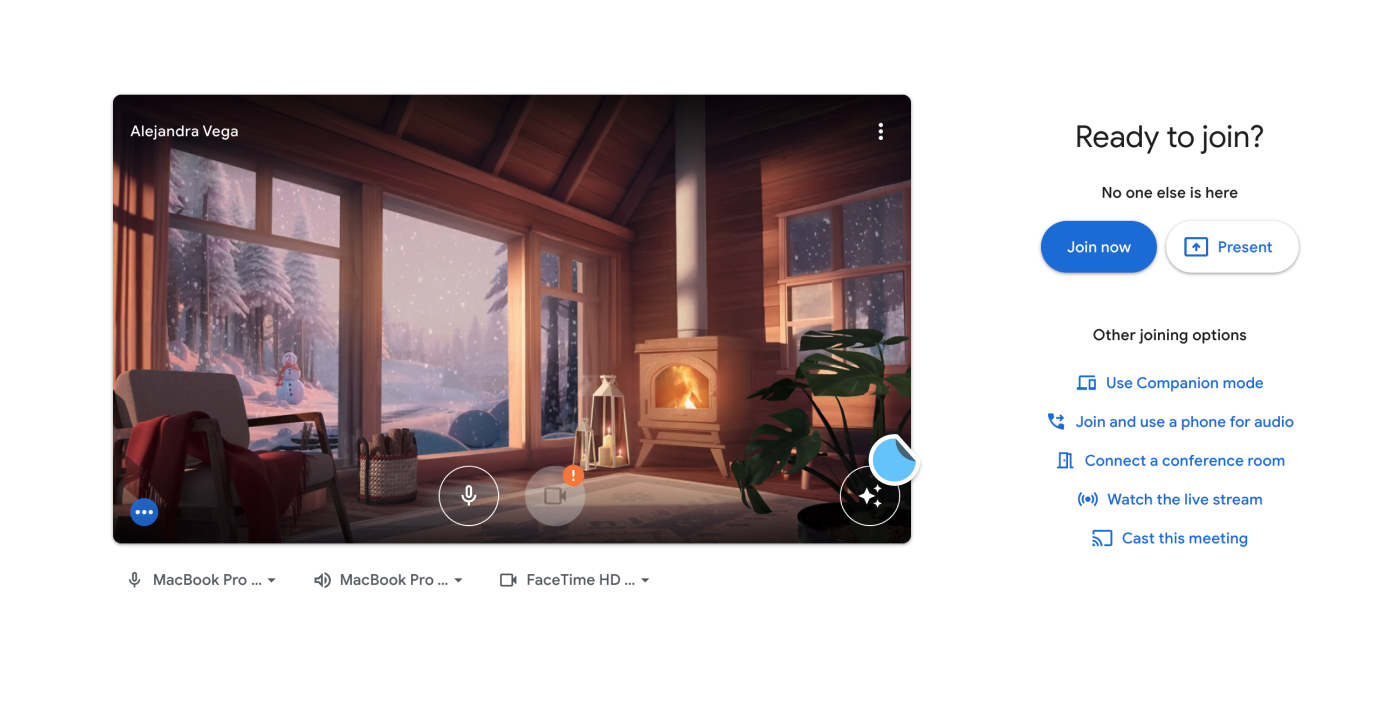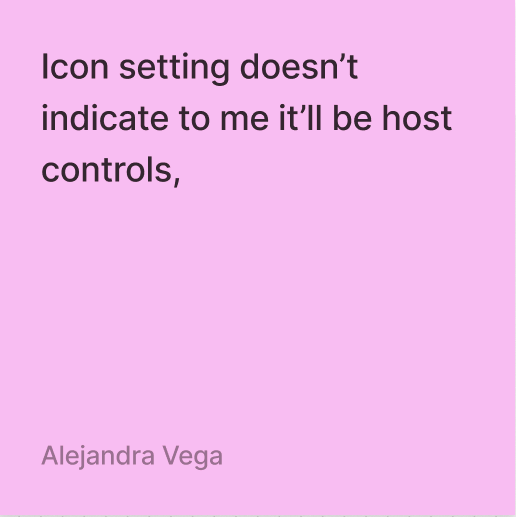Google Meet Audit
Overview
Google Meet
Google Meet is a video conferencing platform that allows users to hold online meetings, video calls, and conferences. It features high-quality video and audio, screen sharing and integration with Google Workspace.
Google Meet targets a wide range customer base, including businesses of all sizes, educational institutions, personal use, and non-profit organizations.
Project Goals
Understanding of Google Meet, it’s users, and pain points through audit
This case study details a comprehensive audit of Google Meet to identify key usability pain points across various features. Through firsthand experience the audit revealed significant friction within the in-meeting chat functionality, highlighting limitations in peer interaction, expressiveness, and conversation flow.
The study focuses on a proposed redesign of the Meet chat experience to address these identified pain points and enhance user connection, clarity, and engagement during meetings.
Collaborators
Staff UX designer
Senior UX designer
Interaction designer
My Role
UX Designer
Continue to drive further improvements
Redesign MVP solution for top pain point
Timeline
6 weeks
Tools
Figma
Material Design
Workspace Design
Google Workspace
Process
Audit Overview
Setting up meeting in Calendar
For this auditI reviewed meeting set up, pre-joining, and during meeting. I shared my comments frame by frame in order to capture my thoughts and feelings.
Setting up meeting on web
Pre-call
In-call
Process
Audit breakdown
Setting up meeting in Calendar
Setting up meeting on web
Pre-call
In-call
Problem
Meet Chat
I experienced a significant disconnect during my audit while using Google Meet chat. It felt like there was a noticeable gap in communication, which impacted my overall experience and made it difficult to fully engage with other participants in the meeting.
Problem
Current pain points
Ideation
Ideation
Ideation
❌ Lack of connection between those in meetings
→ Users lack a lightweight way to acknowledge, empathize, or respond to messages non-verbally. This reduces the feeling of being heard and understood, hindering connection.
❌ Not able to be expressive
→ Can’t react with emojis to other’s chat messages
❌ Designed primarily for host communication limiting peer-to-peer interaction
→ Unable to respond directly to another person’s chat message It’s not possible to directly reply to a specific message in the chat.
❌ Difficulty following conversation flow
→ Lack of threaded replies and visual cues leads to disjointed conversations.
Because of current limitations of Meet chat, it has led to the emergence of creative workarounds such as using emojis and creative text formatting to convey emotions and nuances, highlighting the need for features that support richer forms of communication within the platform.
Sketches
Following the completion of the audit and decision to prioritize a redesign of the Meet chat functionality, the key features and user interactions became more evident.
I developed sketches and wireframes of these new features and outlined the corresponding user flows to illustrate the intended user experience.
Addition of emoji, reply and overflow button
✏️
❌
Editing chat message
Identifying key areas for improvement
😂
📣
😂 Reactions
✏️ Edit
❌ Delete
🎯 Direct Reply
📣 @ Mentions
The workarounds I observed, both personally and from other users, revealed unmet needs and potential improvements, which helped inform the features to include in the redesign.
→
→
→
Low fidelity
Emoji reactions in chat
Ideation
Solution
Meet Chat redesign
Edit
This familiar functionality improves overall message clarity and reduces potential misunderstandings, leading to a more effective and professional communication experience
Direct Reply
This feature creates a more engaging and intuitive conversation flow. Reduces confusion and improving readability, direct replies contribute to a more productive and enjoyable meeting experience for all users.
Key takeaways
Technical
Identified areas of improvement that informed stakeholders.
Gained a firsthand understanding of the challenges of building and maintaining connections in a virtual environment.
Reactions
Introducing emoji reactions to Meet improves communication flow and strengthens connections between participants, resulting in a more dynamic and delightful meeting experience.
Delete
This simple yet valuable feature enhances the overall user experience by providing a sense of ownership and the ability to correct mistakes or remove unwanted messages, creating a more comfortable and user-friendly communication environment.
Mention
Allows for more direct and targeted communication, improving the overall meeting experience for users and making it easier for participants to stay informed and engaged in the discussion.
Personal
Deepened understanding of Meet product and the product space.
Built an understanding our Google Meet users and their needs.
Developed my skills in translating user pain points into actionable design recommendations.
What’s next?
Connecting with fellow UX designers to share insights and gather diverse perspectives on the proposed Chat improvements.
Share case study and have an open dialogue, receive feedback, and make refinements to explorations.






































